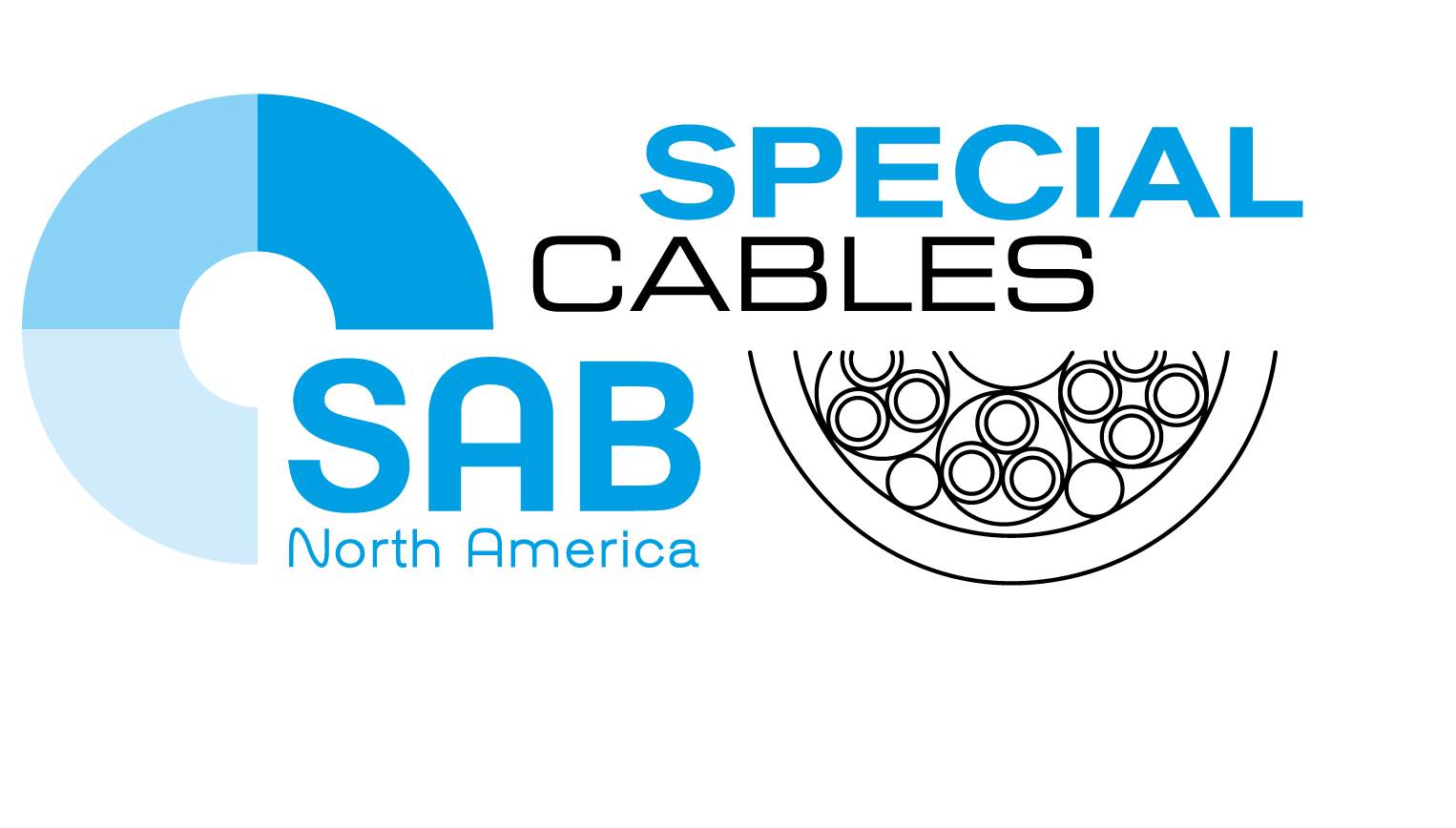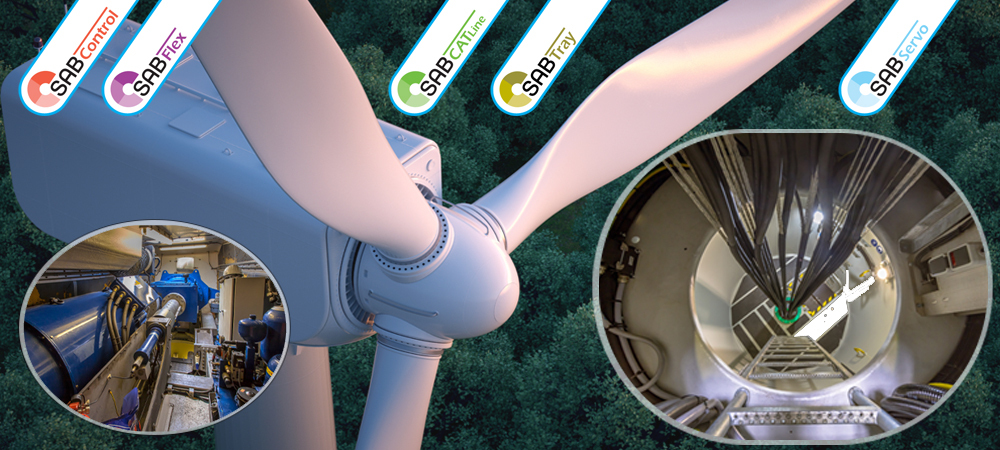Wind farms are coming online around the world, and their growing adoption wouldn’t be possible without cables. Within a wind turbine’s nacelle alone, many dozens of cables connect the power electronics, controls and communication systems as part of the drip loop. Add to that the cables in the base, tower and the pitch system. These cables will likely be exposed to harsh weather and several other conditions that can undermine their reliability.
Not only must your cables be rugged and reliable, they must also come from a supplier with a wide range of cable types to satisfy a turbine’s disparate needs. Here are some characteristics to look for in cables that will stand up to the unforgiving conditions of wind turbine applications.
- Mechanical stress and vibrations. With turbine towers reaching hundreds of feet high and requiring increasingly longer-length cables, high tensile strength is an important factor. Cables must also withstand the vibrations caused by constantly moving parts.
- Oil resistance. Inside the nacelle, the gearbox is a major cause of oil exposure to cables. Other moving parts may also leak lubricating oils or hydraulic fluids.
- Sunlight resistance. Wind turbines are situated outdoors, making sunlight resistance a must.
- Temperature resistance. Cables must maintain their flexibility in hot and cold temperatures.
- EMI resistance. Wind turbines contain several moving parts that can affect data transmission and control cables.
- Smoke and flames. Fire is an ever-present threat on wind farms.
There’s a SAB Cable for Your Wind Turbine Application
At SAB, we have developed a wide range of rugged, reliable cables to meet the needs of various systems in wind turbines. Highlights of our lineup include:
- Control cables. These cables are integral to high-speed, accurate information exchanges between the turbine’s many components and control center. For example, the SAB CC 600 is a flexible cable that is well-suited for installation between the yaw drives, cabinet, gearbox and generator. Features include a UL/CSA rating, high mechanical loading capacity and oil resistance.
- Data and sensor cables. Sensor data is critical to effective yaw movements and blade pitch positioning. The vibrations created by the rotor system make high flexibility a key requirement for data and sensor cables. Our data and sensor cables can be installed from the nacelle housing all the way to the base of the turbine.
- Motor cables. Pitch drive systems that adjust the angle wind turbine blades require a reliable connection to the servo motor.
- Fiber optic and hybrid cables. We offer hybrid data-transmission cables with polymer optical fiber (POF) and layered copper conductors. POF is particularly beneficial for data communication between switchboxes and pitch control components, thanks to its excellent EMI resistance. Our copper cables are desirable for temperature control when used with resistance thermometers.
- Tray cables. Suitable for use in the turbine’s nacelle and the tower’s drip loop, our TR 600 tray cable is WTTC-, UL TC-ER and NFPA 79 rated with exceptional UV and oil resistance. Its flexible stranding makes installation easy.
- Ethernet cable. Our CATLine CAT 7A S Ethernet cable is for flexible use with cable tracks in nacelle applications. Featuring bend radii of 5 x OD (fixed), 15 x OD (free movement) and 15 x OD (continuous flex), the UC recognized/CSA approved CATLine CAT 7 is halogen-free, flame retardant and self extinguishing with very good oil and chemical resistance.
An Expansive Resource for Wind Turbine Cables
Wind turbines have a long list of systems and components that require robust, reliable cables. Whether you need to establish real-time data exchange among components and control systems without interference, easy-to-install cables for drip loop systems or Ethernet cables that can withstand harsh conditions in nacelles, we have a cable to meet your demanding wind turbine application requirements.
For more information, please download our brochure.


